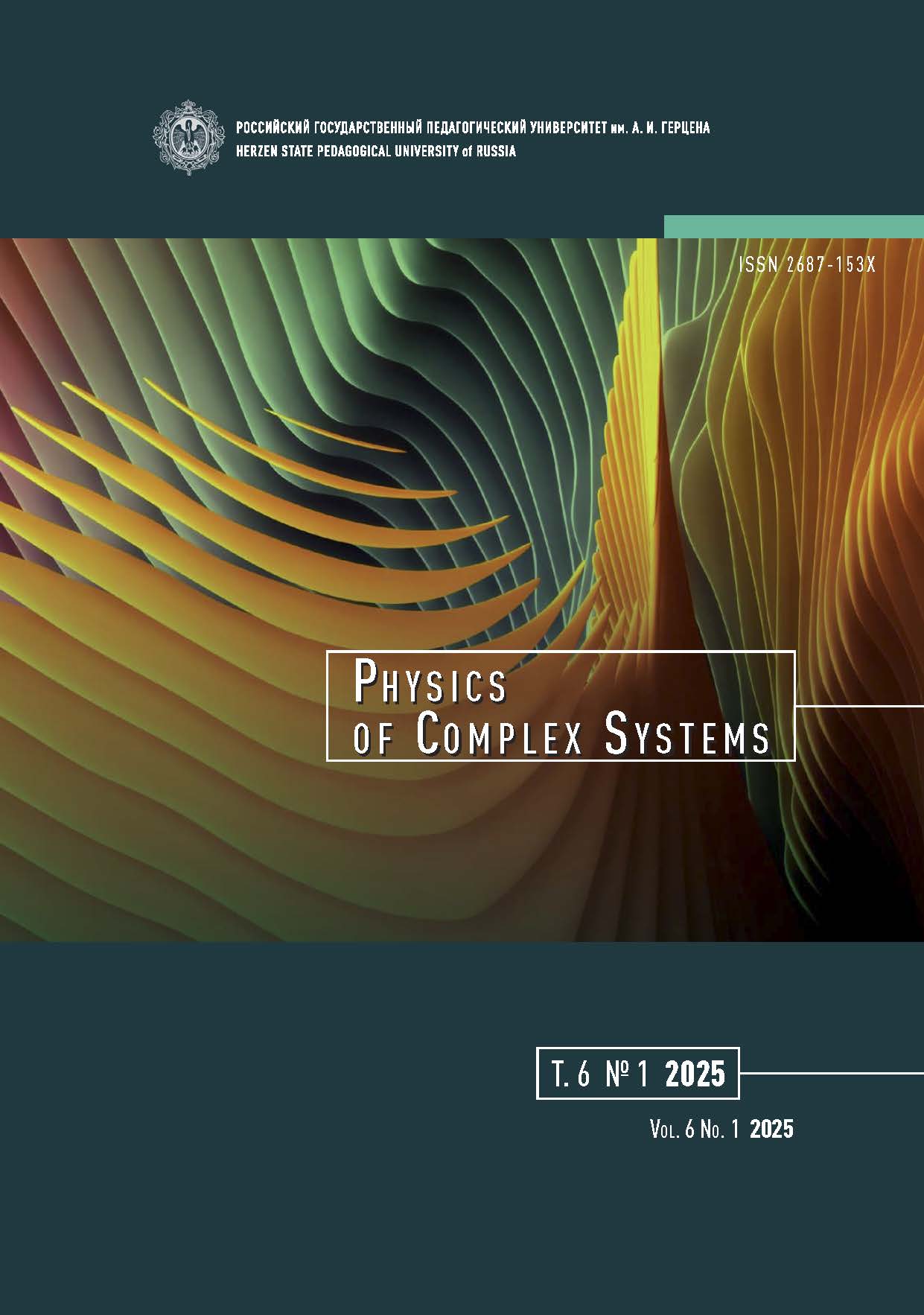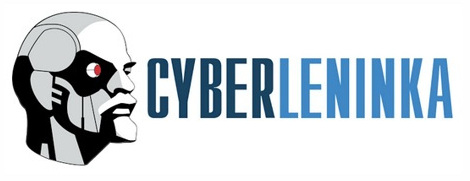Electret properties and electrical conductivity of polypropylene-polyphenylene sulfide composites
DOI:
https://doi.org/10.33910/2687-153X-2025-6-1-17-25Keywords:
polypropylene, polyphenylene sulfide, electret, electrical conductivity, composite materialAbstract
The electret properties and electrical conductivity of polypropylene-polyphenylene sulfide (PP-PPS) composites were studied. The results reveal that the effective surface charge density is higher in fibrous-porous materials (FPM) compared to film-based composites. In the electrical conductivity-temperature dependence, a characteristic up-turn is observed at a temperature of 110 °C, where the high-temperature segment of the curve corresponds to the intrinsic conductivity of the composite. The low-temperature segment can be attributed to structural defects. Additionally, two relaxation maxima are identified in the thermally stimulated depolarization (TSD) current spectra. The low-temperature peak is associated with the charge relaxation at the matrix-filler interface, a phenomenon driven by Maxwell — Wagner polarization. The high-temperature maxima are likely related to the relaxation of charges governed by the intrinsic conductivity of PP in its amorphous phase.
References
Aniskina, L. B., Viktorovich, A. S., Galikhanov, M. F. et al. (2010) Polielektrolitnaya model’ voloknitov na osnove polietilena i polipropilena [Polyelectrolyte model of fibrites based on polyethylene and polypropylene]. Izvestiya Rossijskogo gosudarstvennogo pedagogicheskogo universiteta im. A. I. Gertsena — Izvestia: Herzen University Journal of Humanities & Sciences, 135, 24–36. (In Russian)
Bogorodickij, N. P. (1965) Teoriya dielektrikov. [The theory of dielectrics]. Leningrad: Energiya Publ., 344 p. (In Russian)
Borisova, M., Kojkov, S. (1979) Fizika dielektrikov [Physics of dielectrics]. Leningrad: Leningrad State University Publ., 240 p. (In Russian)
Borisova, M. E., Galukov, O. V., Tsatsynkin, P. V. (2004) Fizika dielektricheskikh materialov. Elektroperenos i nakoplenie zaryada v dielektrikakh [Physics of dielectric materials. Charge transfer and preservation in dielectrics]. Saint Petersburg: Saint Petersburg State University Publ., 106 p. https://doi.org/10.18720/SPBPU/2/si20-477 (In Russian)
Castro, R. A., Karulina, E. A., Galikhanov, M. F. et al. (2024) Relaxation of electric charge in polymer blends based on low-density polyethylene and copolymer of ethylene with vinyl acetate. St. Petersburg State Polytechnical University Journal: Physics and Mathematics, 17 (3), 36–45. https://doi.org/10.18721/JPM.17304 (In English)
Chen, C., Chen, G., Zhang, J. et al. (2023) Study on corona charging characteristic of melt-blown polypropylene electret fabrics. Journal of Electrostatics, 121, article 103782. https://doi.org/10.1016/j.elstat.2022.103782 (In English)
Galikhanov, M. F., Minzagirova, A. M., Spiridonova, R. R. (2019) Мodifying the properties of polyethylene electrets through the incorporation of montmorillonite. Surface Engineering and Applied Electrochemistry, 55, 679–683. https://doi.org/10.3103/S106837551906005X (In English)
Galikhanov, M. F., Minzagirova, A. M., Guliakova, A. A. et al. (2024a) Electret composite materials based on polyethylene and petroleum asphaltenes. IEEE Transactions on Dielectrics and Electrical Insulation, 31 (5), 2335–2342. https://doi.org/10.1109/TDEI.2024.3434774 (In English)
Galikhanov, M. F., Zhang, X., Ma, X. et al. (2024b) The effect of modifier on electret properties and hardness of epoxy composite material. IEEE Transactions on Dielectrics and Electrical Insulation, 31 (5), 2343–2349. https://doi.org/10.1109/TDEI.2024.3452655 (In English)
Goldade, V. A., Kovalenko, M. A., Garbaruk, V. Yu. et al. (2020) Formirovanie i relaksatsiya zaryada v nanokompozitakh na osnove polietilena [Formation and relaxation of charge in nanocomposites based on polyethylene]. Vestnik Grodnenskogo gosudarstvennogo universiteta im. Yanki Kupaly. Seriya 6. Tekhnika — Vesnik of Yanka Kupala State University of Grodno. Series 6. Engineering Science, 10 (2), 52–63. (In Russian)
Goldade, V. A., Kovalenko, M. A, Zotov, S. V. (2021) Electret charge in nanocomposites based on polyethylene. International Scientific Journal Theoretical & Applied Science, 193 (11), 759–765. https://dx.doi.org/10.15863/TAS (In English)
Goldade, V. A., Zotov, S. V., Shapovalov, V. M. et al. (2019) Electret effect in polymer nanocomposites (review). Polymer Materials and Technologies, 5 (2), 6–18. https://doi.org/10.32864/polymmattech-2019-5-2-6-18 (In English)
Gorokhovatskij, Yu. A. (1991) Termoaktivacionnaya tokovaya spektroskopiya vysokoomnyh poluprovodnikov i dielektrikov [Thermally activated current spectroscopy of high-resistance semiconductors and dielectrics]. M.: Nauka publ., 248 p. (In Russian)
Gorokhovatskij Yu. A., Demidova N. S., Temnov D. E. (2020) Electric charge relaxation in the polyethylene with mineral inclusions of diatomite. St. Petersburg Polytechnical State University Journal. Physics and Mathematics, 13 (2), 9–16. https://doi.org/10.18721/JPM.13201 (In English)
Gorokhovatskij Yu. A., Sotova Yu. I., Temnov D. E. (2022) A study of charge relaxation in corona electrets based on P(VDF-TFE) copolymer. Physics of Complex Systems, 3 (3), 104–108. https://doi.org/10.33910/2687-153X-2022-3-3-104-108 (In English)
Guliakova, A., Henderyckx, A., Shishkin, N. et al. (2024) Influence of crystallinity and isotacticity on charge decay of polypropylene homopolymer blends. IEEE Transactions on Dielectrics and Electrical Insulation, 31 (5), 2358–2364. https://doi.org/10.1109/TDEI.2024.3417953 (In English)
Kara, Y., Molnar, K. (2021) A review of processing strategies to generate melt-blown nano/microfiber mats for high-efficiency filtration applications. Journal of Industrial Textiles, 51, 137–180. https://doi.org/10.1177/15280837211019488 (In English)
Kestelman, V. N. (2000) Electrets in Engineering: Fundamentals and Applications. New York: Springer Publ., 281 p. https://doi.org/10.1007/978-1-4615-4455-5 (In English)
Kovalenko, M. A., Goldade, V. A. (2021) Electret properties of nanocomposites based on polyethylene and polylactide. In: Proceedings of the 8th International Scientific and Practical Conference “International Forum: Problems and Scientific Solutions”. Melbourne: CSIRO Publ., pp. 295–303. (In English)
Kovalenko, M. A., Goldade, V. A., Zotov, S. V. et al. (2023) Elektretnoe sostoyanie v nanokompozitakh na osnove polilaktida [Electret state in nanocomposites based on polylactide]. Problemy fiziki, matematiki i tekhniki — Problems of Physics, Mathematics and Technics, 2 (55), 20–24. (In Russian)
Li, X., Wang, Y., Xu, M. et al. (2021) Polymer electrets and their applications. Journal of Applied Polymer Science, 138 (19), article 50406. https://doi.org/10.1002/app.50406 (In English)
Minzagirova, A. M., Galikhanov, M. F., Khayrullin, R. Z. (2021) Influence of montmorillonite on the change of electret properties of polypropylene. The VIII International Young Researchers’ Conference — Physics, Technology, InnovationS (PTI-2021), 2466 (1), article 060023. https://doi.org/10.1063/5.0089012 (In English)
Pinchuk, L. S. (2012) Melt blowing: Equipment, technology, and polymer fibrous materials. Berlin: Springer Publ., 224 p. https://doi.org/10.1007/978-3-642-55984-6 (In English)
Xiao, H. (2015) Study on correlation of filtration performance and charge behavior and crystalline structure for melt-blown polypropylene electret fabrics. Journal of Applied Polymer Science, 132 (47), article 42807. https://doi.org/10.1002/app.42807 (In English)
Zhang, J. (2020) Electret characteristics of melt-blown polylactic acid fabrics for air filtration application. Journal of Applied Polymer Science, 137 (4), article 48309. https://doi.org/10.1002/app.48309 (In English)
Downloads
Published
Issue
Section
License
Copyright (c) 2025 Andrey A. Pavlov, Mikhail A. Kovalenko, Victor A. Goldade, Margarita E. Borisova, Sergey V. Zotov

This work is licensed under a Creative Commons Attribution-NonCommercial 4.0 International License.
The work is provided under the terms of the Public Offer and of Creative Commons public license Creative Commons Attribution 4.0 International (CC BY 4.0).
This license permits an unlimited number of users to copy and redistribute the material in any medium or format, and to remix, transform, and build upon the material for any purpose, including commercial use.
This license retains copyright for the authors but allows others to freely distribute, use, and adapt the work, on the mandatory condition that appropriate credit is given. Users must provide a correct link to the original publication in our journal, cite the authors' names, and indicate if any changes were made.
Copyright remains with the authors. The CC BY 4.0 license does not transfer rights to third parties but rather grants users prior permission for use, provided the attribution condition is met. Any use of the work will be governed by the terms of this license.







